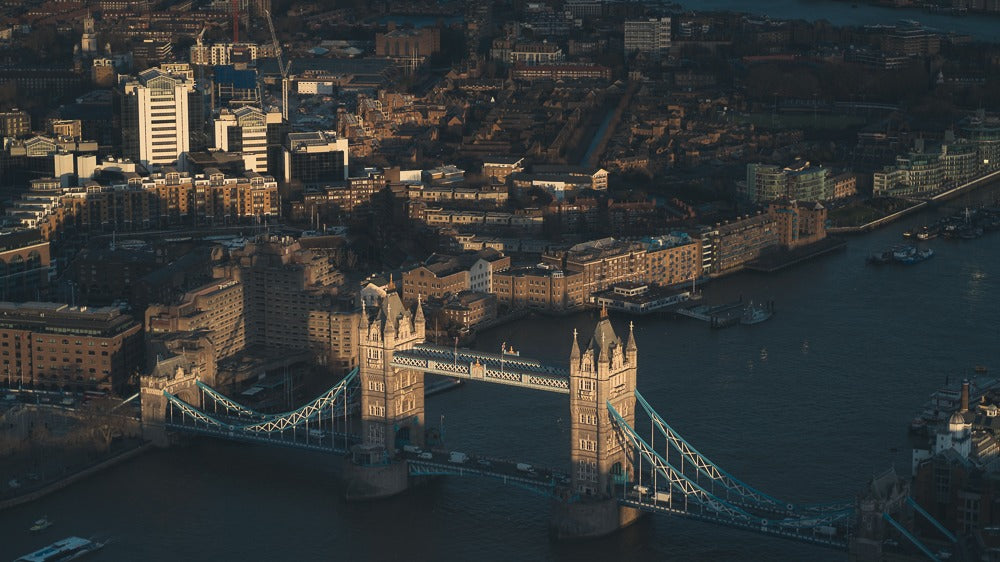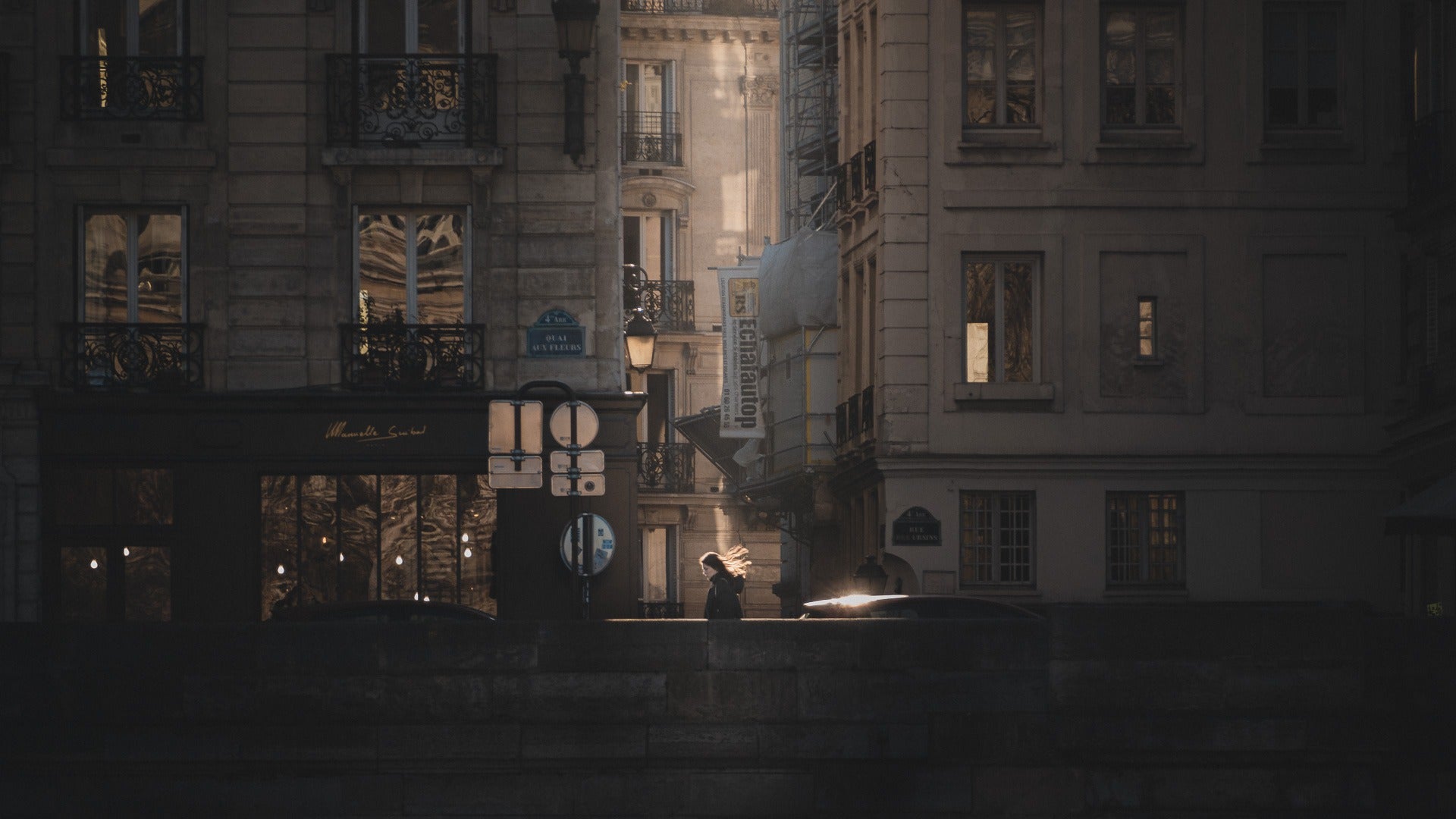Vision in photography is the thing that makes you a good photographer.
Vision is a word I’m also obsessed with; both in life and in photography.
In life, it’s a powerful tool - a way to shape your direction, a target to aim for; a foresight into what is to come, or the possibility of what could be.
In photography, vision is the power of observation; it’s how you notice things that are worth capturing, how you document things that are worth remembering, how you see stories that are worth telling.
How “good” you are in the skill of photography is in direct proportion to how well-honed your vision is.
And in an era of photography where people are just copying each other left, right, and centre, it’s never been more critical to develop your own unique vision to stand out from the crowd.
Even if others copy it (and they most certainly will if it’s good enough), it matters not; because if you adopt an attitude of perpetually cultivating and developing your vision, continually working on your mastery, the copycats will never be able to keep up.

What exactly is Vision in Photography?
I like to break the idea of Vision in Photography into three distinct parts:
- Visual language: The repeatable pattern of visual elements that together make an image.
- Comprehension: What an image means or says when specific configurations of visual language are presented.
- Observation: The actual practice of spotting these ideas in the field.
Visual language
Visual language is actually an idea I borrowed from other Visual Art fields that I’ve studied.
I’ve noticed that all Visual Art fields (painting, drawing, illustration, sculpture, architecture, photography, etc.) have a common thread that binds that particular sub-genre of art.
This thread is the “Visual Language” of that sub-genre of art; it’s the set of commonalities that defines the style and makes it what it is.
For example, in the art of Marble Sculpture, the idea of a 3-dimensional representation of some distinguishable form made of marble is what makes a Marble Sculpture, a Marble Sculpture.
This is the foundational element of its visual language: the thing that makes it undeniably a Marble Sculpture. However, more than that, it has its own language; a set of problems and decisions that cumulatively coalesce into the end form: the deliberate pose of a human, the angle of an arm, whether the dress requires extreme detailing or not, what kind of polish technique would be used to tell the most accurate story and expression if the sculpture is of a person, etc. etc. etc.
Michelangelo’s David wouldn’t be what you know it to be if it was just three portraits glued together in a triangle to make it kind of look like a 3-dimensional object.

This idea that there are things that make an art style undeniably that art style carries over into photography too. At a foundational level, the thing that makes a photograph unquestionably a photograph is that it’s a 2-dimensional collection of light, shadow, and colour, illustrating a particular moment in time.
Tactically, we’re probably more interested in the depth behind that - the ideas and elements and composition behind the image and why it is the way that it is: why there is only one person in this image and not 3, why the sun is on the left and not the right, why a person is looking away from the crowd and not towards, why there’s a giant space at the top of the image, why the photographer used a leading line, why the vanishing point is on the top third, etc. etc. etc.
All of these decisions serve a purpose, intentional or not. This is the visual language we’re concerned about, and this is what we’re learning to become more intentional with.
Comprehension
This is about the idea of being able to understand the meaning behind particular combinations of visual language and being able to derive the greater-than-the-sum-of-its-parts meaning from it.
It’s the generated meaning, story, or feeling behind a scene when certain visual language elements are combined.
It brings in more abstract ideas that illustrate meaning in different ways when combined with visual language. For example:
- Negative Space has an effect of accentuating the positive space it contrasts with.
- The colour blue has a “calming” feel to it in most cultures, generally.
- Having humans in a scene creates the feeling of relatability, especially if there’s no face involved.
- Elements in a scene that are unbalanced from a visual harmony perspective can cause an image to become lopsided and feel uneasy (which might very well be the intention).
Observation
This is what we are as photographers: Observers.
In the field, when we see elements of visual language and comprehension that we’ve seen before, we know that it’s something worth photographing; that the combination of those elements is a photo worth taking.
When we see a lonely, singular figure walk down a dark, narrow alleyway, partially side-lit by a glowing red neon sign, we recognise the story, the feeling, or the meaning behind what that particular combination of elements together creates.
This is the core of what vision is. It’s simply a game of pattern recognition.
When you feel compelled to take an image, and you know exactly what draws you to that image and how, that’s when you have good vision.
This takes work to become good at. Most photographers feel compelled to take images, but don’t know why. They’re unable to articulate their compulsion succinctly, and thus, they don’t truly understand the constituent components of what creates compelling imagery - and that’s what we’re here to learn.
An idea that goes hand in hand with the concept of observation is prediction: the idea that you’ve experienced a particular phenomenon before, where certain elements have coalesced in the past to create something compelling to take a picture of. Something similar is about to happen again, whether by locational coincidence or planned conscientiousness.
Either way, when you can start predicting or envisioning compelling imagery, you’ve started to build a significant bank of observational experience. Your vision is getting better. This is of significant importance. When you can already envision an image in your mind's eye and translate that directly into your camera, you’re well on your way.

An excellent exercise to measure your vision in photography
Go out with other photographer friends to the same locations.
Shoot. Then afterwards, compare images.
You’ll be able to see first hand how you approached a scene vs another person. You’ll be able to see the differences in your vision; maybe you shot the same subject, but at a different angle. Perhaps they found a composition that was entirely off your radar, or maybe they used a technique you didn’t think of.
Whatever it might be, it’s interesting to see what you can learn from other people’s vision too. It’s a very eye-opening experience, one that can only aid both of you in your quest to mastering photography.
tl;dr
Vision is the skill that defines you as a “good” photographer.
A good photographer is good no matter what camera is in their hands, and their vision is why.
It’s this skill that transcends everything; trendy styles, common aesthetics, the best gear, or anything else. It’s that important.
I like to break it down into three components:
- Visual language - The repeatable components of visual elements that “speak” a collection of meaning.
- Comprehension - The art of understanding the meaning behind that particular combination of visual language components.
- Observation - The ability to see these patterns in the world and in images, so that we can break down precisely what draws us to them (which comes back to #1 and #2).
Remember, to have good vision is to see good images. This is how we master photography.



